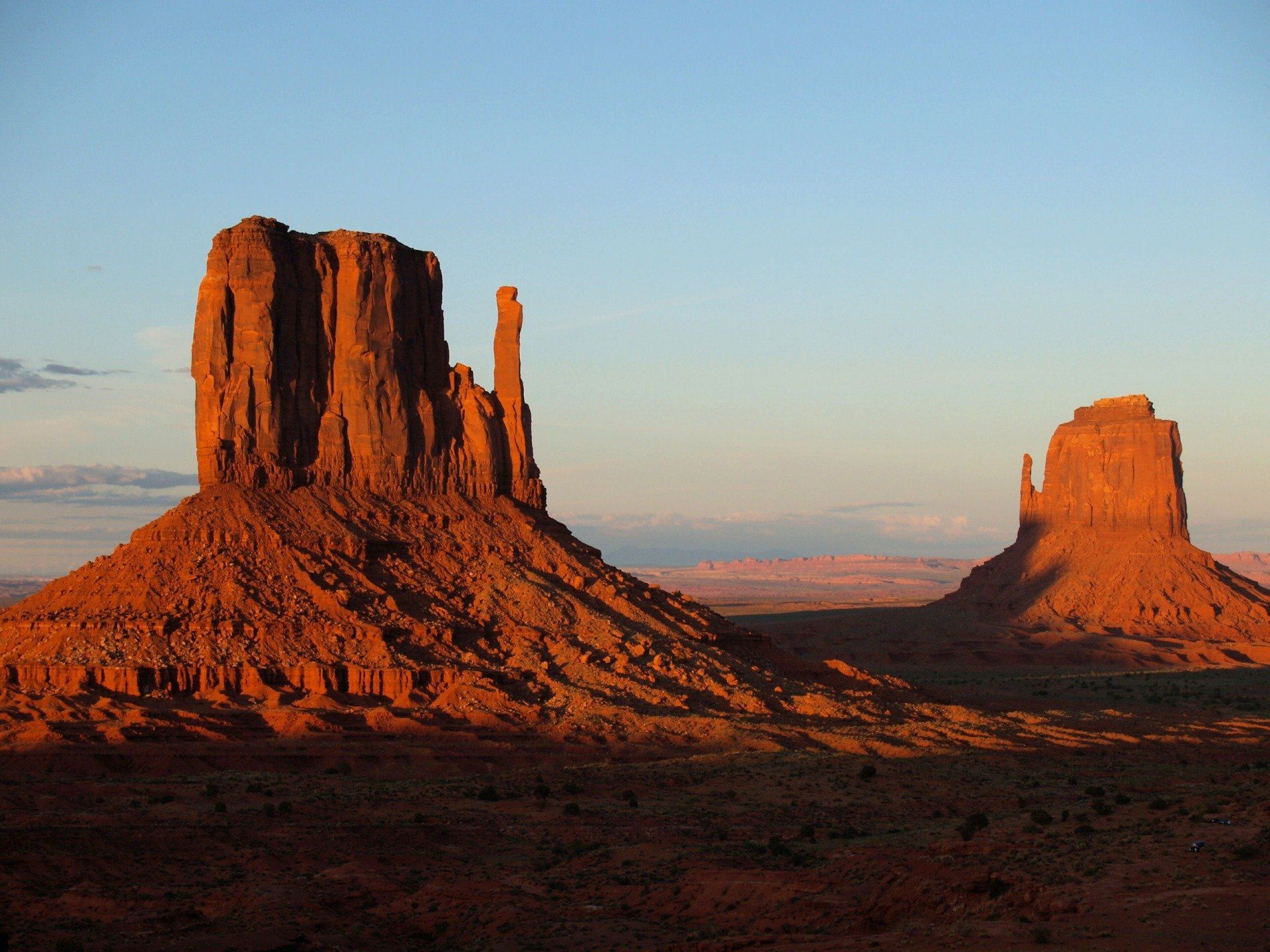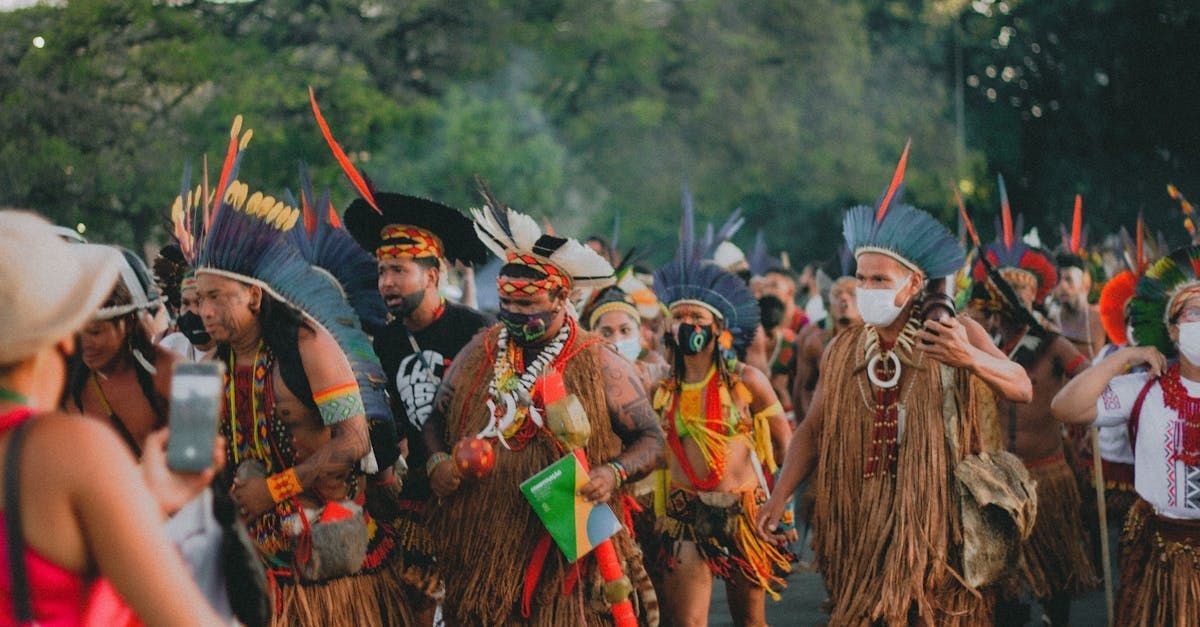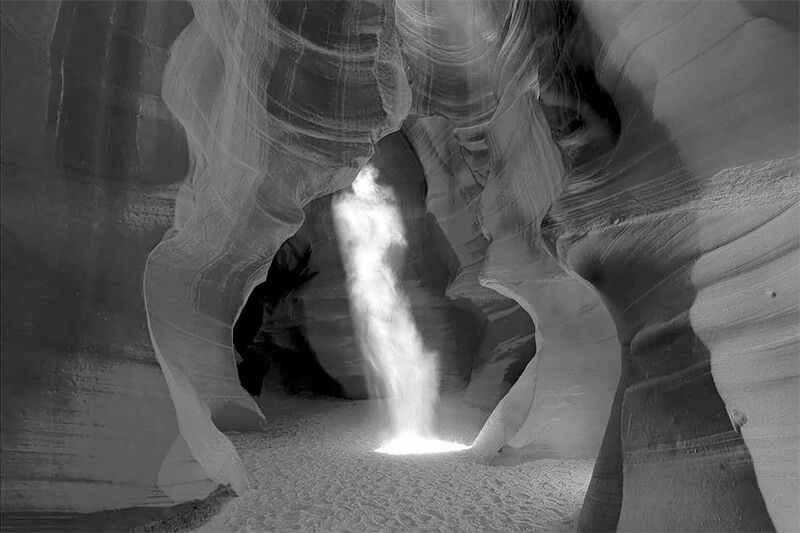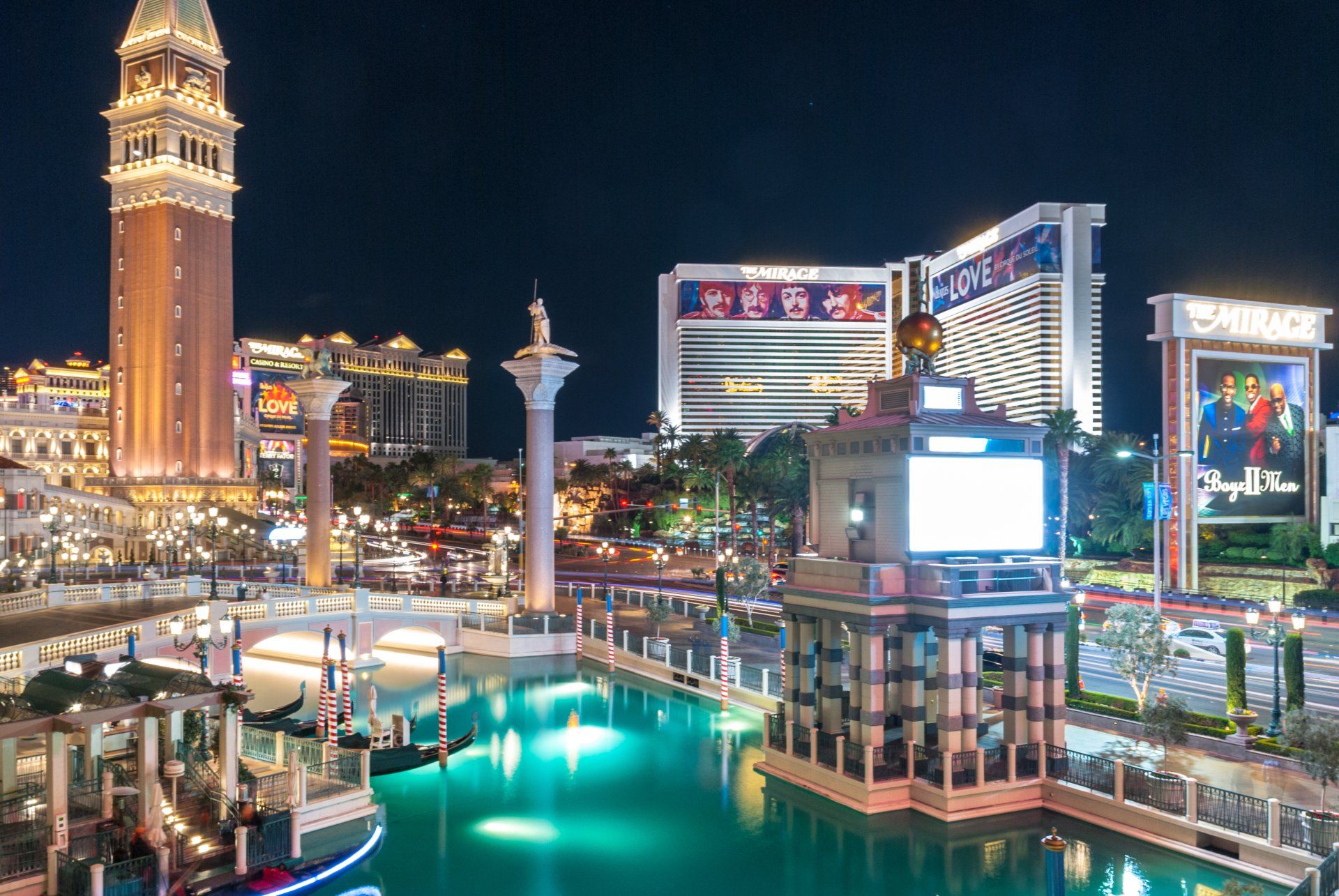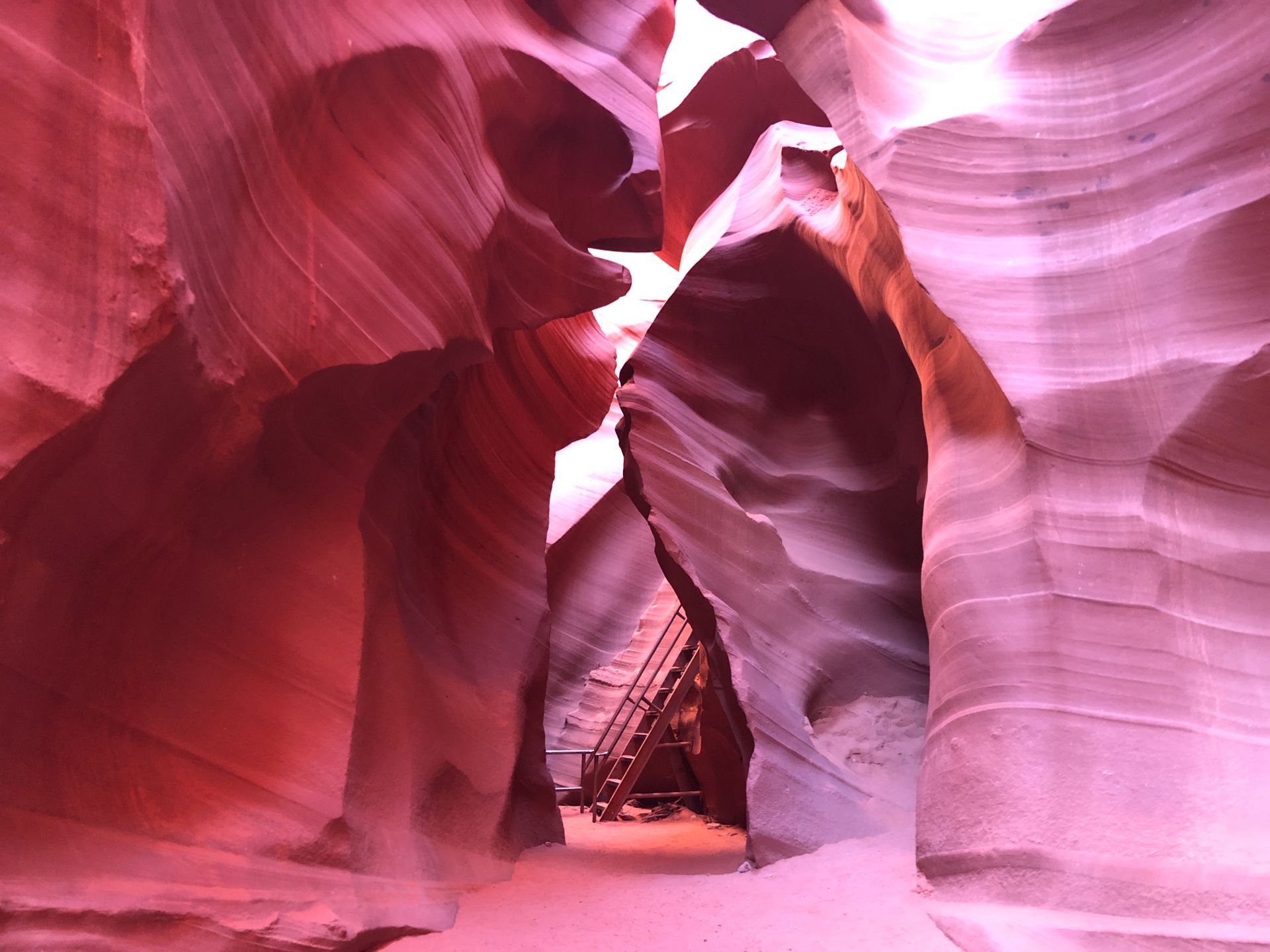Difference Between Upper and Lower Antelope Canyon
Upper Antelope Canyon VS Lower Antelope Canyon
Antelope Canyon is not managed by the National Park Service, because it is located on the Navajo land of Page. Upper and Lower Antelope Canyon are both accessible by permit in the Navajo Tribal Park and do not allow visitors to enter privately. It is necessary to participate in their local tour to enter the Canyon and the local tour guides will do everything they can to help you get the best photos. Although there are many other canyons in the entire Navajo Tribal Park, the most famous ones are the Upper Antelope Canyon and the Lower Antelope Canyon, and this guide will tell you the difference between them.
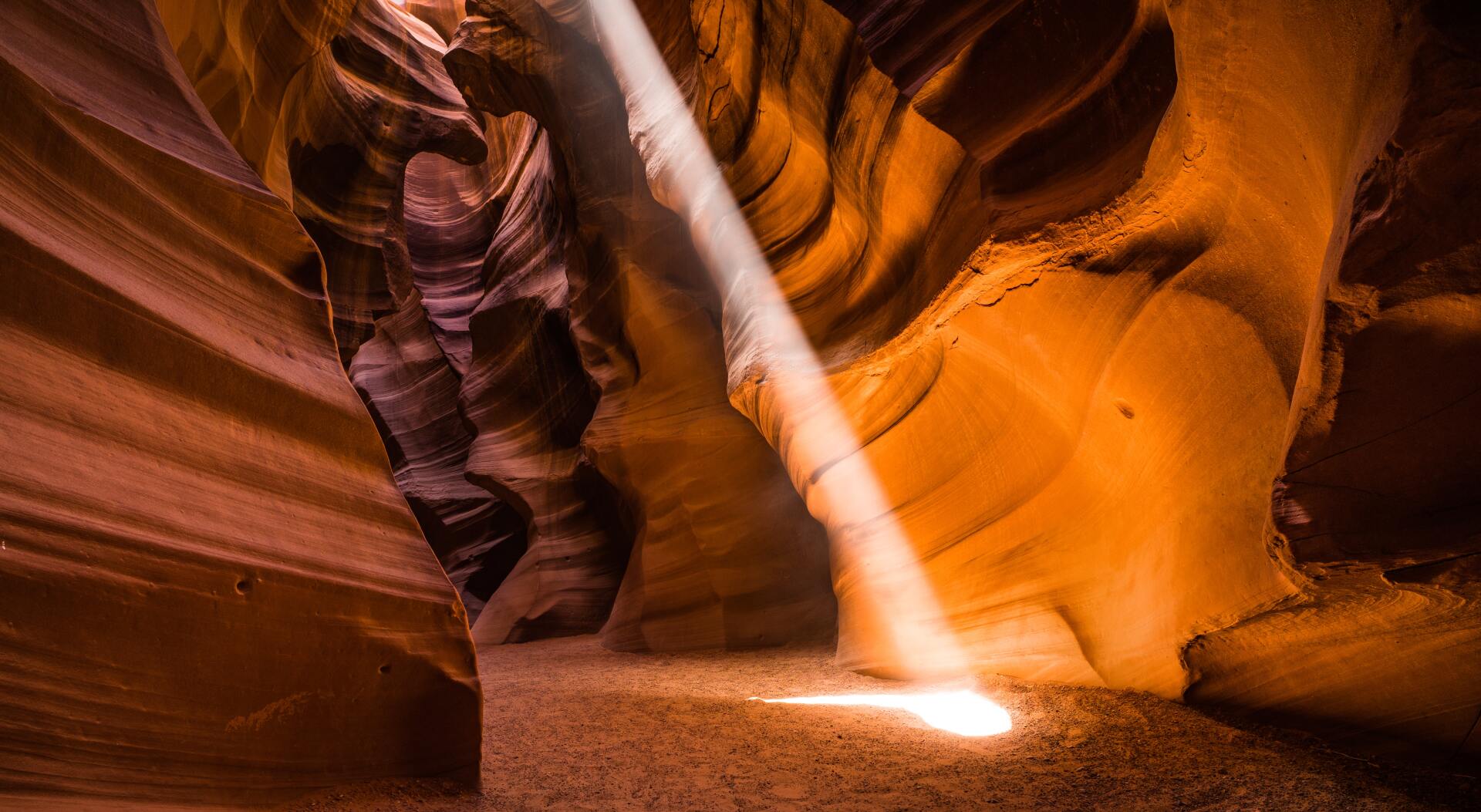
Upper Antelope Canyon
Upper Antelope is called Tsé bighánílíní in Navajo, which can be translated to “The place where water runs through rocks” in English. Antelope Canyon got its name from the belief that Antelopes once grazed along the canyon in the winter. Upper Antelope Canyon, which is also known as “The Crack,” is the most popular of the two slot canyons that make up Antelope Canyon. It is also the most-visited slot canyon in the American Southwest and the most-photographed in the world. The radiant sun beams that shine through its walls in the spring and summer are one of its main claims to fame, while its changing colors in the fall and winter are another mesmerizing sight to be seen. In fact, the most expensive photo ever taken was inside Upper Antelope. (It sold for a record $6.5M in 2014!) You can capture some unforgettable photos while here. But be aware that the area is so popular, it’s near impossible to take a picture without getting other visitors in it.
The Upper Antelope Canyon is located above the ground so the canyon is flatter, wider and easier for visitors to visit. But there are more visitors here, and the route within the Canyon is short. The sidewalk in the Upper Antelope Canyon is a two-way road, where to go from where to return, and the road inside the valley is narrow. For this reason, backpacks are not allowed during the tour. This canyon is located about a seven-minute drive from Page. To get here, you’ll ride in a 4WD truck with about 10 other passengers. The ride is slightly bumpy and dusty, but it’s short. If you’re interested in visiting Upper Antelope, be aware these tours sell out the furthest in advance.
Check the Upper Antelope Canyon availability:
Upper Antelope Canyon Guided Tour
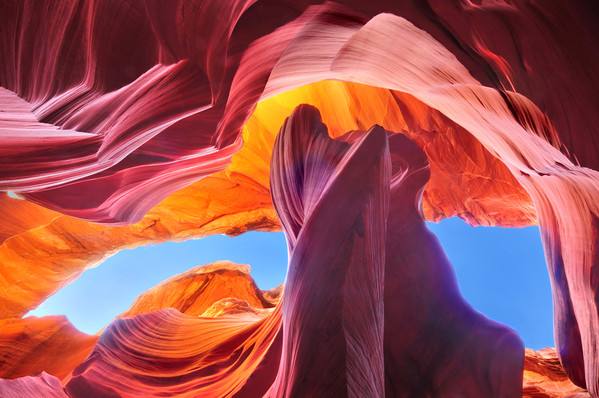
Lower Antelope Canyon
Lower Antelope Canyon, is called Hazdistazí, or ‘spiral rock arches’ by the Navajo, is located about a 10-minute drive from Page, Lower Antelope is narrower and more physically demanding than Upper Antelope. It’s also less crowded and the cheaper of the two options.
There are a series of steep ladders which make it unsuitable for the elderly or people with disabilities. The ladders vary from 3 ft. to 25 ft. being the longest. Ladders over 8 ft. have handrails in place. The canyon is easily accessible going in and out. There are escape rope ladders placed on top of the canyon, in metal boxes, for any type of emergency.
While Lower Antelope may be more of a trek, it’s less popular which means you have a better chance of capturing beautiful photographs without other visitors in them. It doesn’t have the same light beams as Upper Antelope but it still offers many breathtaking sandstone attractions. Also, you can enjoy the unique experience at the end of seeing what the canyon looks like from the top. Another perk is that it doesn’t book up as far in advance as Upper Antelope.
Check the Upper Antelope Canyon availability: Lower Antelope Canyon Hiking Tour
Share with Friends

